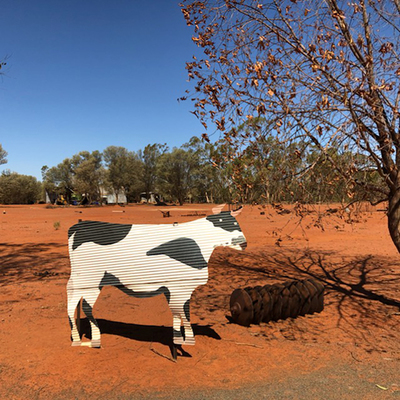A USC Creative Industries academic is leading two research projects that aim to recognise and support the importance of emotional and physical communications in rural communities.
Dr Sarah Casey and a team of USC Creative Industries academics – including Dr Joanna McIntyre and Dr Gail Crimmins – staff and students have embarked on the Real Stories of Country Women project to investigate, document, record and share the experiences and coping strategies of women farmers and other women living in drought-stricken towns in south-west Queensland.
“In partnership with AGL Energy and Lifeline Darling Downs, the first element of the project involved filming women from the Surat, Roma and Charleville regions in order to bring their stories to the regional, state and national stage,” Dr Casey said.
“Through a mini documentary series shared via our website and Facebook page, women communicated their lived experiences of the drought and how they’re dealing with the impact on their own families and businesses and farming properties, as well as their extended community,” she said.
“In future stages of the project, we aim to develop these networks and monitor and explore the impact on, and value for, the women we meet along the way.
“It’s so important that drought-affected communities better communicate coping strategies with one another and, in turn, help bridge gaps between city and rural understandings of the impacts of drought.”
Dr Casey has also recently been awarded a grant from the Federal Department of Agriculture and Water Resources to discover and support the digital literacy and business communication needs of people living in the drought affected towns of St George and Dirranbandi in south-west Queensland.
“In this project we’ll be creating and delivering a suite of digital media and communication workshops starting in September, built around the need to upskill people and assist their capability to increase the off-farm income,” Dr Casey said.
“The ongoing impacts from drought are insidious and seemingly never-ending for those living through its reality. These projects go some way to connecting city and country without any stereotypes or misrepresentations and give those in rural areas a voice and new tools to ensure the longevity of their communities.”








